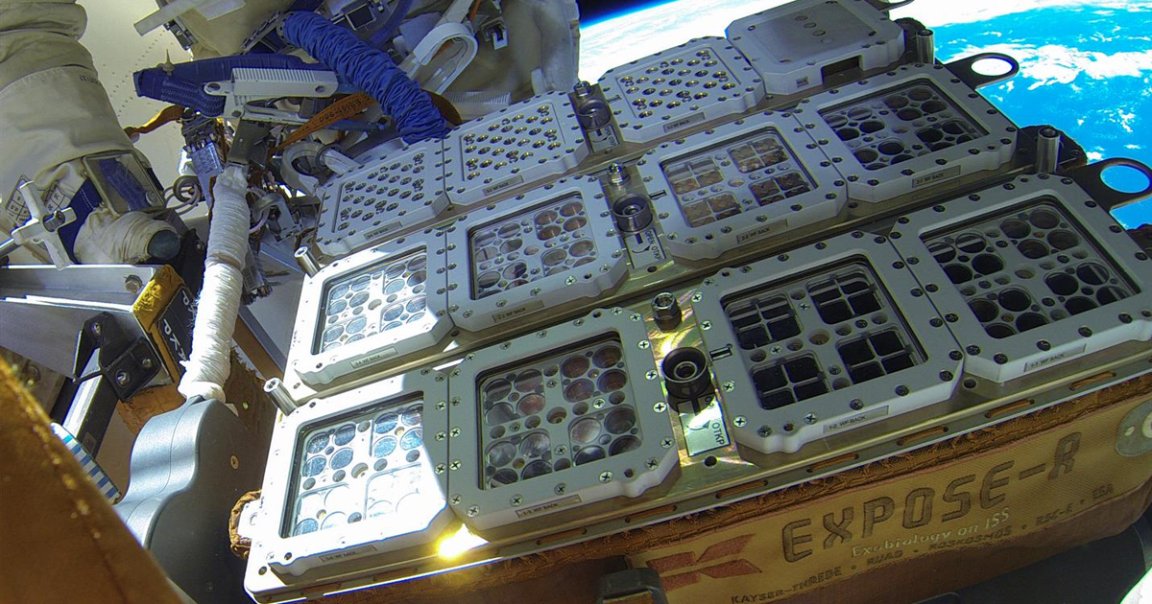
533 Days of Space
Outer space is a tough environment for living organisms: no atmosphere, no oxygen, no gravity, a ton of radiation, and extreme temperatures.
But the German Aerospace Center just made a bombshell discovery: as part of a project called the Biology and Mars Experiment, they found that samples of organisms including bacteria, algae, lichens and fungi survived on the exterior of the International Space Station for 533 days.
Life on Mars
The experiment was meant to investigate if it was possible for organisms to survive harsh conditions such as on the surface of Mars.
“Some of the organisms and biomolecules showed tremendous resistance to radiation in outer space and actually returned to Earth as ‘survivors’ from space,” astrobiologist Jean-Pierre Paul de Vera said in a statement. “They have survived in space conditions and are also detectable with our instruments. Such single-celled organisms could be candidates for life forms that might be found on Mars.”
Conclusion Jumper
While it’s an exciting result, we shouldn’t jump to conclusions.
“Of course, this does not mean that life actually exists on Mars,” de Vera continued. “But the search for life is more than ever the strongest driving force for the next generation of missions to Mars.”
Panspermia Theory
The results also could serve as support for the “panspermia theory,” which suggests that organisms existed on Mars billions of years ago and were ejected from its surface thanks to an asteroid impact and eventually brought to Earth, the statement argues.
It’s not only a significant discovery for future missions to Mars, but it could even have an impact on how we study icy moons of Saturn and Jupiter — which could also possibly harbor life.
READ MORE: Strange Earth Organisms Have Somehow Survived Living Outside The ISS [Science Alert]
More on life on Mars: Mars Used To Be Dotted With Life-Friendly Lakes